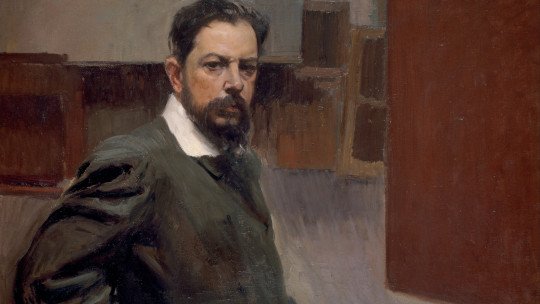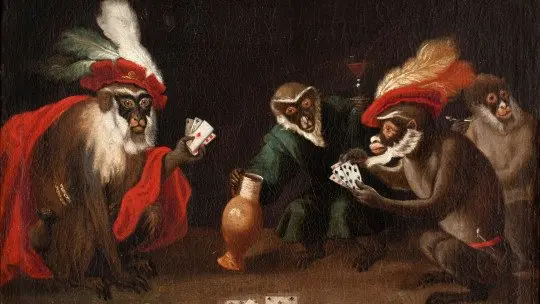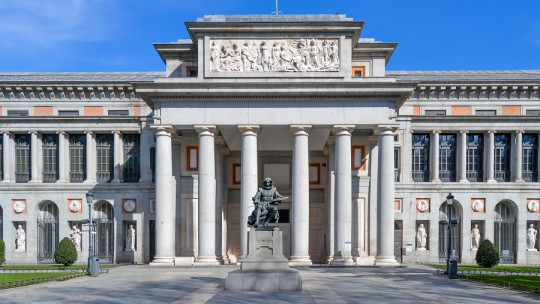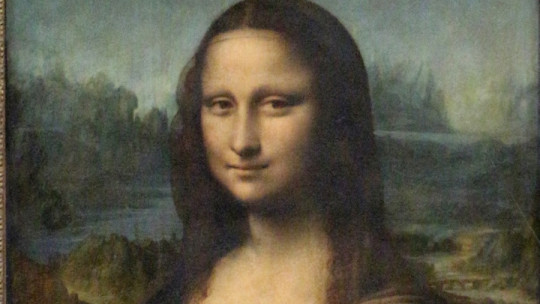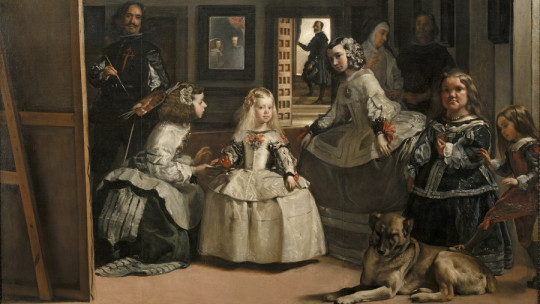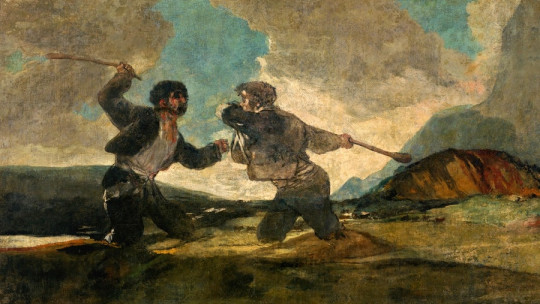
When, in 1878, the calls black paints by Goya They are shown in the Trocadero Palace in Paris on the occasion of the Universal Exhibition, their chromatic darkness and grotesque characters cause general rejection. The owner of the works, Baron Erlanger, fails in his efforts to sell them on French soil, so he transfers them to Spain. In 1881, the paintings joined the inventory of the Prado Museum, where they can still be seen today.
How had these Goya paintings ended up in Paris? Who was Baron Erlanger, and why did he have them in his possession? In this article we will talk about the last paintings that Goya made in Spain, just before going into exile in Bordeaux to escape the fierce repression of Ferdinand VII.
What are Goya’s black paintings?
It is known as black paints the series of 14 oil paintings to the dry that Goya made directly on the walls of his house in Madrid, between 1819 and 1823 The painter had probably acquired the property to distance himself from the events that were happening in the capital and, in this way, find a little peace. Other authors, however, suggest that the purchase was due to the intention of hiding from her gossip her relationship with Leocadia Zorrilla, who lived with him in the company of her children.
The black paints received the name many years after the artist’s death. The nomenclature refers to the dark chromaticism that Goya used, as well as his gloomy and dark theme.
Indeed: All paintings deal with disturbing themes, to say the least: The god Cronus who savagely devours his son, some witches who carry out a coven, two men who beat each other with canes… Even the themes that, apparently, should not be difficult, are presented by Goya with evident intention of rejection; just compare the Pilgrimage of black paints with San Isidro meadow who painted a young Goya on his tapestry cartoons. While in the latter everything exudes light and color, in the Quinta del Sordo, the pilgrims seem straight out of hell itself…
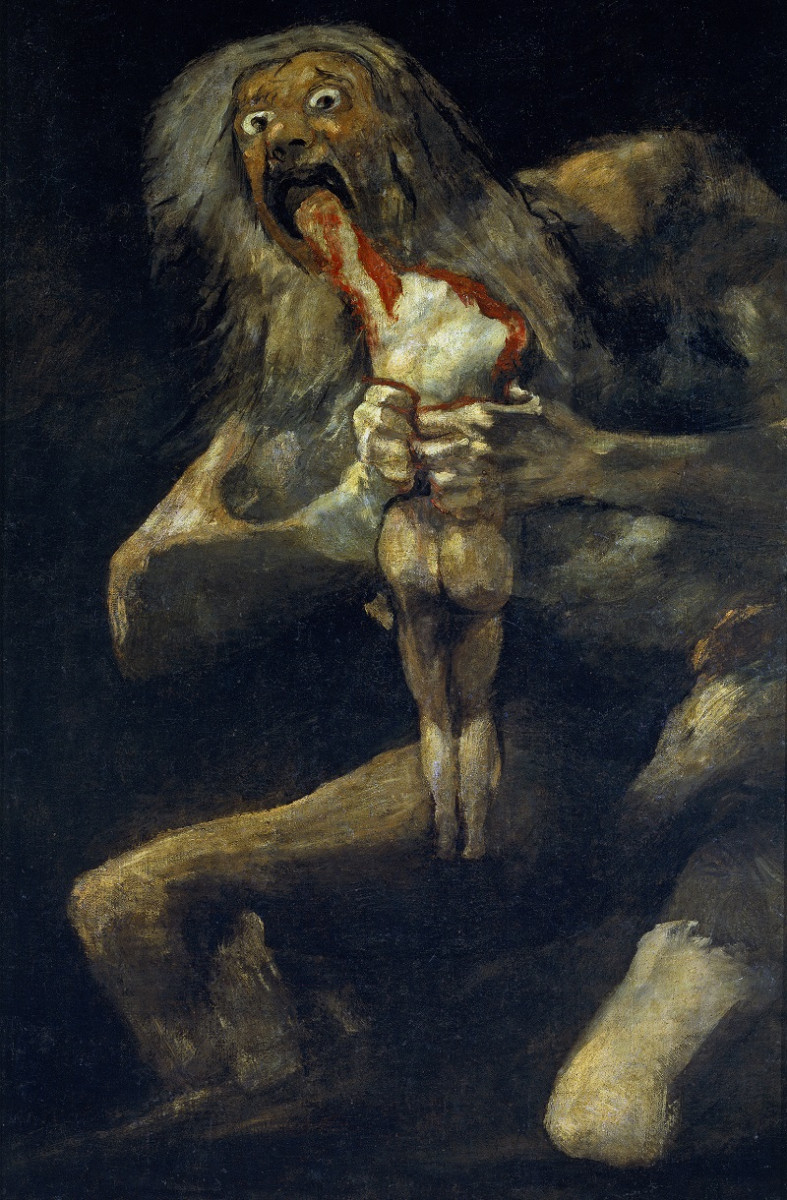
The Fifth of the Deaf
The house, built in adobe, was located on the banks of the Manzanares, in an area where there were only fields and orchards. Although it is said that the popular name of the house, Quinta del Sordo, was due to Goya’s deafness, the truth is that the name referred to its previous owner, Pedro Marcelino Blanco, who, coincidentally, was also deaf. .
It is not known for certain how the paintings were originally distributed. It is assumed that 8 of them would be on the walls of the first floor, while the remaining 6 or 7 would be found on the ground floor. On the walls of the house there were already some landscape paintings that Goya took advantage of to execute his paintings. In The cudgel duelFor example, the silhouette of the Goyesque landscape corresponds to the previous landscape.
Upon the painter’s death, which occurred in Bordeaux in 1828, his grandson, Mariano, inherited the house. He sold the house in 1859, and in 1873 it was acquired by Baron Erlanger. Impressed by the paintings that decorate the walls, the baron decides to tear them down and present them at the Paris Exhibition, with the idea of selling them to the highest bidder. We have already commented how the company is not successful, so Erlanger is forced to donate the works to the Prado.
The context and meaning behind these works of art
Francisco de Goya (1746-1828) is possibly one of the most famous Spanish painters of all time. And his work is a witness to the abrupt changes that Spain experienced at the end of the 18th century and the beginning of the 19th century: the end of the Old Regime, the war and the disasters that it entailed, the arrival of new constitutional winds and, finally, the restoration of absolutism in the figure of Ferdinand VII. Not only that; Goya immediately found a very personal and unique style that makes him, simply, an unclassifiable painter
The call production period black paints (which goes from 1819 to 1823) coincides with the constitutionalist uprising of Rafael del Riego in Cabezas de San Juan and the subsequent Liberal Triennium, which lasted until 1823. That is, the years in which Goya painted the black paintings are not, precisely, , the darkest years of the period. Let us remember that, by virtue of the recovered constitutional values, the Inquisition had been abolished in March 1820, and freedom of the press and assembly were promulgated. For an old Frenchman like Goya, the times could not be more encouraging.
Why, then, does Goya paint such lurid subjects that seem straight out of a nightmare? Many rivers of ink have flowed about it, without it being clear exactly what led the painter to execute, directly on the walls of his house, a series of caricature scenes that deal with such dark themes as witchcraft, illness, loneliness, death. Some theories, already considered a few years after his death, speak of the deafness that “isolated him from the world.” and his precarious state of health, which supposedly led him to a state of almost madness.
Currently this theory is more or less rejected, although we are still unclear as to what motivated an elderly Goya to decorate his Madrid estate with such paintings. What is clear is that the motifs represented were not at all new in Goya’s career. The artist had already dealt with these themes in a similar way in his series of engravings, especially in the Nonsensewhich were not published during the artist’s lifetime.
The background of black paints
The ruggedness and acid denunciation of the black paints They have their clear antecedent in the series of engravings that Goya made during the 18th century. The first of them, the Whimsare a total of 80 prints that contain a scathing criticism of superstition, ignorance and piousness but also to certain social burdens such as arranged marriages of mature men with teenagers, which by the way Leandro Fernández de Moratín had already denounced in his play The yes of the girls.
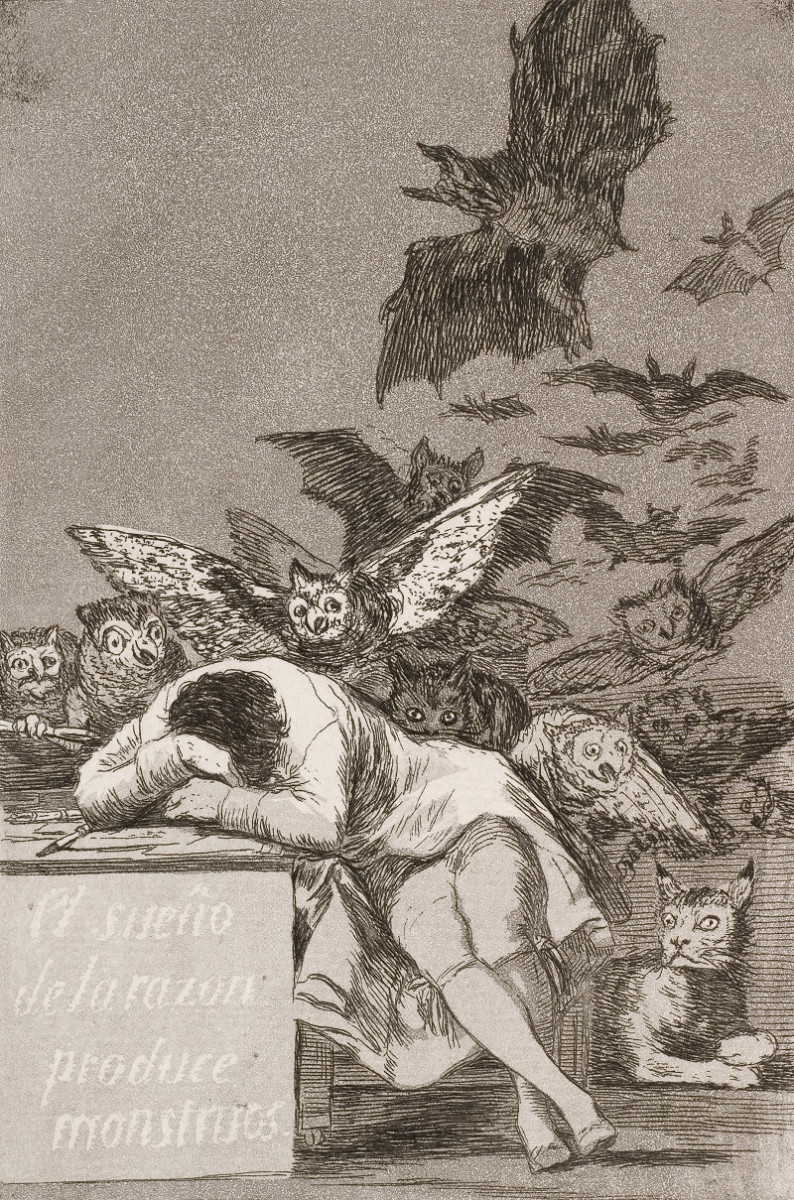
Even more evident is the denunciation of the series known as The disasters of war, made regarding the French invasion of the peninsula. Although he never publicly expressed his ideology, we can deduce from his friends and from his work that Goya was a Frenchist, that is, a supporter of the freedoms that, supposedly, came from France. The shock with the horror of the war and the atrocities that the French committed on Spanish soil was very hard for the painter who probably saw all his ideals crumble.
But, as we have commented in the previous point, the most significant series in terms of precedent for black paintings is that of the Nonsense. In it, Goya displays a marked subjectivity. The idea of the grotesque acquires, in these prints, an obvious role. According to Valeriano Bozal, an eminent scholar of Goya’s life and work, the Nonsense They owe their appearance to the same context as the black paintings.
The black paintings, a unique work?
If we investigate Goya’s contemporary painting, we will see that heThe motifs that the painter captures in his villa were not as innovative as may previously have been assumed Thus, we have the paintings of his contemporary Johann Heinrich Füssli (1741-1825), which portray dark and enigmatic, almost dreamlike scenes; or the no less disturbing William Blake (1757-1827), whose paintings and illustrations also seem to come from a nightmare.
In this way, black paintings can be included in a period marked by the so-called dark romanticism, whose leitmotif is monsters, ghostly apparitions, dreams. In any case, the very particular style that Francisco de Goya presents (and the strong critical charge of his work) is, certainly, something unusual and unique, which will not be found again until a century later, when artists such as Edvuard Munch, Ernst Ludwig Kirchner or James Ensor capture similar faces in their works. Goya was no less than a century ahead of Expressionism, which undoubtedly demonstrates his genius.


